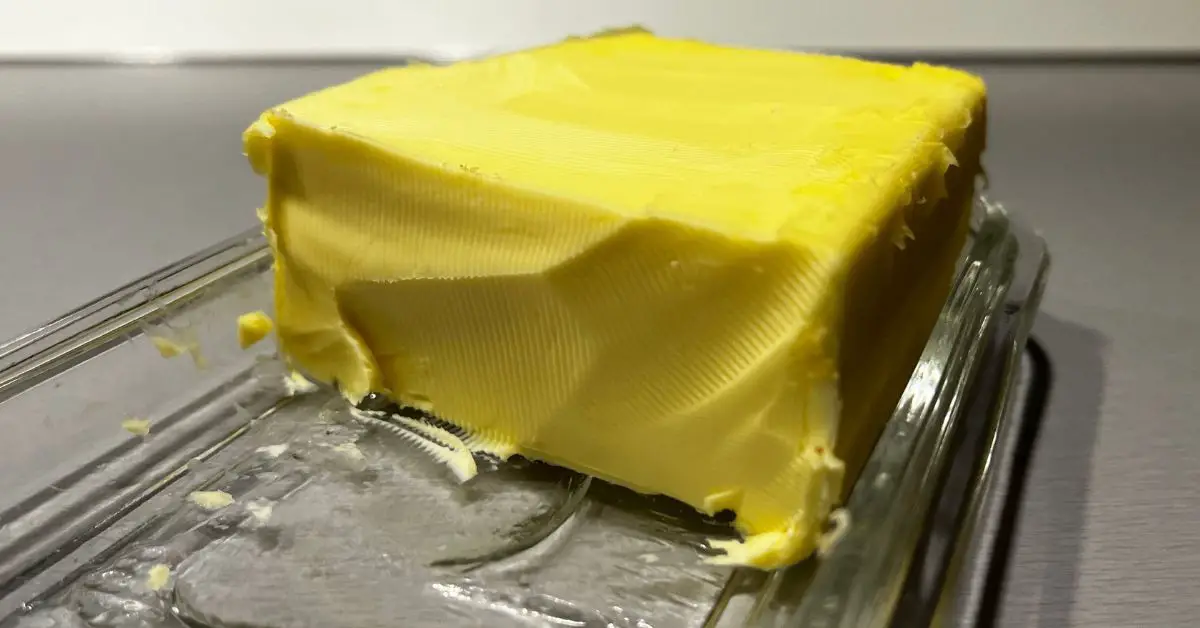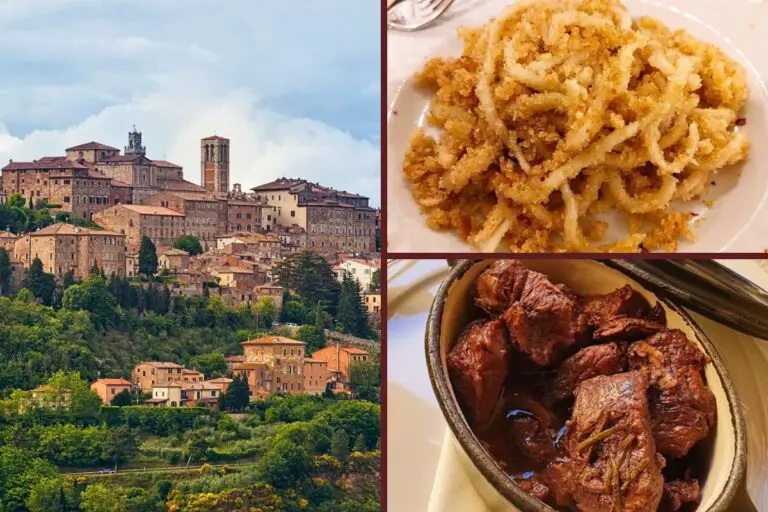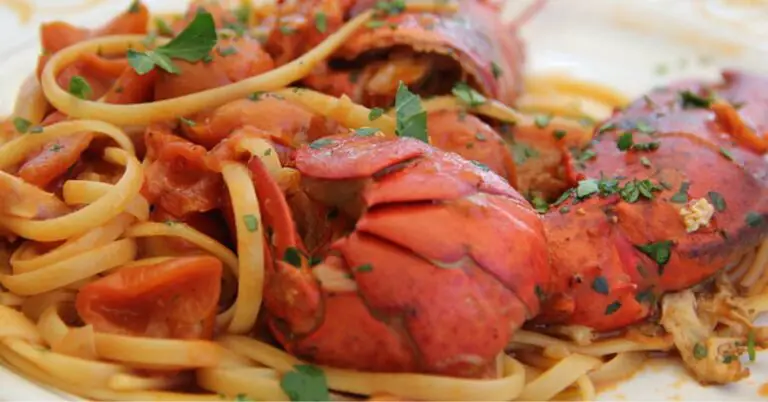The role of butter in European cuisine is essential, above all if we look at the French and English who produce an excellent quality of this food, mainly for the “champions’ breakfast”. Indeed, not only in the USA there is the habit of starting the day by mixing sweet and savoury, accompanying a buttered toast with eggs and fruit juice. However, in Italy, all this is science fiction.
Here it is almost impossible to know someone who eats a savoury breakfast accompanied by butter; instead, the breakfast itself is not experienced as a moment of conviviality to be shared with the family: rather, it is a kind of rally to be closed in the shortest possible time!
And, therefore, there are those who only consume a (excellent) quick coffee, those who allow themselves a few minutes to dip a croissant or biscuits in caffellatte and those who, on the other hand, even prefer to have breakfast at the station bar to optimize times and, as you can clearly see, in all these options butter is absent… but why?
Three facts that have made Italians not very fond of butter
- The first is that we know very little about this product. Raw butter consumption in Italy is practically nil, while in cooking (where all in all butter does not express its best, due to its low smoke point, which is between 120 and 130°C just barely) it is olive oil that reigns supreme, and not only in the Central and Southern Regions. The result is that the national average of consumption, more than 2/3 concentrated in the Northern Regions, is only 2.4 kg per person, compared to more than 8 kg for the French.
- The second reason is that from 100 kg of milk we get only 4.5 kg of butter, and that in us, who are modest milk producers in comparison with the French, Germans, Swiss or Dutch, almost 70% of the milk produced goes to dairy processing. The rest goes almost all to the production of fresh or cooking cream. The consequence is that our butter is rarely derived directly from the centrifugation of fresh milk, as is the case elsewhere, but is in fact a by-product obtained by surfacing from the residual whey from cheese processing, the organoleptic characteristics of which are far from high. The result is that every year we import from other EU countries something like 70,000 tons of butter and that the quality standard of butter that Italians have in mind is rather poor, partly because no large company has ever really been interested in explaining to consumers the importance of the magic words “centrifuge butter” on the label.
- The third cause is that for many years butter was the subject of real smear campaigns, which made people believe that it was a high-calorie product, that it increased cardiovascular risks because it was too rich in cholesterol, and even that it contained carcinogenic substances. These were all hypotheses based on nothing, but they turned out to be very useful to the big multinationals, which exploited the traditional propensity of Italians for olive oil to unfairly blame butter and propose as an alternative the infamous margarines, low-priced chemical products obtained from vegetable (and sometimes animal) fats extracted with organic solvents, hydrogenated and then refined.
Butter at the table: why is completely absent in Italy?
Butter placed in a saucer, on the table, with a knife next to it ready to be sliced and spread: a very European scenario, even an American one, but definitely not Italian.
Here the role of bread is also very special, we consume a lot of it, but it is always fresh and homemade, at most in the form of a loaf or sfilatino, so the “butter sandwich” combo completely loses its meaning.
Of course, we really like the “bread, butter and jam” trio, but we mostly use it for small breaks from study or work.
As for the savoury variants, instead, we much prefer bread and (extra-virgin) olive oil to bread and butter: then, when we manage to toast it a little bit in the oven, making it crunchy, we levitate directly to the heaven’s door.
This is why in Italy butter does not play a primary role as in France or America, the answer is Extra Virgin Olive oil, is a matter of taste and how butter has been marketed in our country. On the table at the restaurant, you will almost always find (or be brought to you during the meal) a bottle of extra virgin oil instead of a stick of butter.
Obviously this does not mean that, if you were in a restaurant, it would be rude to ask the waiter for butter: the insiders simply do not expect such a request from an Italian!
Is always used butter on pasta in Italy?
We have already spoke about that on many occasions: in Italy, pasta is a kind of religion, an untouchable dogma that has its own essential rules.
All of this also translates into: no, you cannot put butter on the pasta “at random”.
Each preparation is unique and, obviously, many involve the use of this ingredient which, however, is used either to fry other components of the dish or to combine everything into a homogeneous and delicious sauce. Butter can also be the protagonist of a good white pasta, but always well-melted beforehand and combined with the macaroni during the final stages of cooking.
French butter VS Italian butter: they surely win
Let’s face it: when it comes to butter French surpass us. And with a great success.
But behind this assumption, there is a whole world to know.
Let’s start with the objective differences: French butter is yellowish, Italian butter is white. How it is possible? It all depends on the primary role that cheese plays in our culture. It is a food that, in my country, is processed and offered in a practically infinite range of possibilities, including fresh, spreadable, aged but also dairy products like mozzarella, provola, stracciatella and so on.
The cheese industry represents one of the most important economic sectors in the nation and, for this reason, some secondary products suffer the consequences somewhat, such as, butter, prepared with procedures different from those used abroad which – with exceptions – they give us a lower quality final product.
Then, there is the question of the farms from which the milk comes from: it seems that the feeding of the cows is also involved, which varies a lot between animals free to graze and specimens locked up in intensive farms.
Finally, the possible use of dyes should also be considered. Do not trust a butter just because it appears yellow: it could be a perfect marketing strategy!
The best Italian butter
If what you are looking for is a high-quality butter, my advice is to try the artisanal one: the best in Italy are certainly produced in the deep north (between the Alps, Piedmont and Valle d’Aosta), where the border with Switzerland and France is very close, but some southern regions, like Sicily, are also defending themselves extremely well.
The cheapest variants that you can find in supermarkets are not comparable to these delicacies, but there are exceptions: in the refrigerated section, study the labels carefully in order to check origin, ingredients (never take home a product with dyes!) and, if possible, colour. You may also be pleasantly surprised by a very low-cost choice.








Thank you so much for this very informative article, which has gone a long way towards answering what I as an Englishman married to an Italian, long found an impenetrable mystery – why Italian butter is – in general, practically inedible. That of course, means ‘for the purposes that I grew up to expect it to be used for’. What compounded my puzzlement was a TV series on Italian regional food with Stanley Tucci, where he expounded on the widespread – even excessive, use of butter in the cuisine of Piedmont. My wife and her family are from the Ossola valley in that province, and I had never encountered this. So I have tried to marry Italian butter and Italian bread: this has to date produced only unhappy unions. Happy to hear your advice.
Hi Bruce! Happy to ear that you find that helpful.